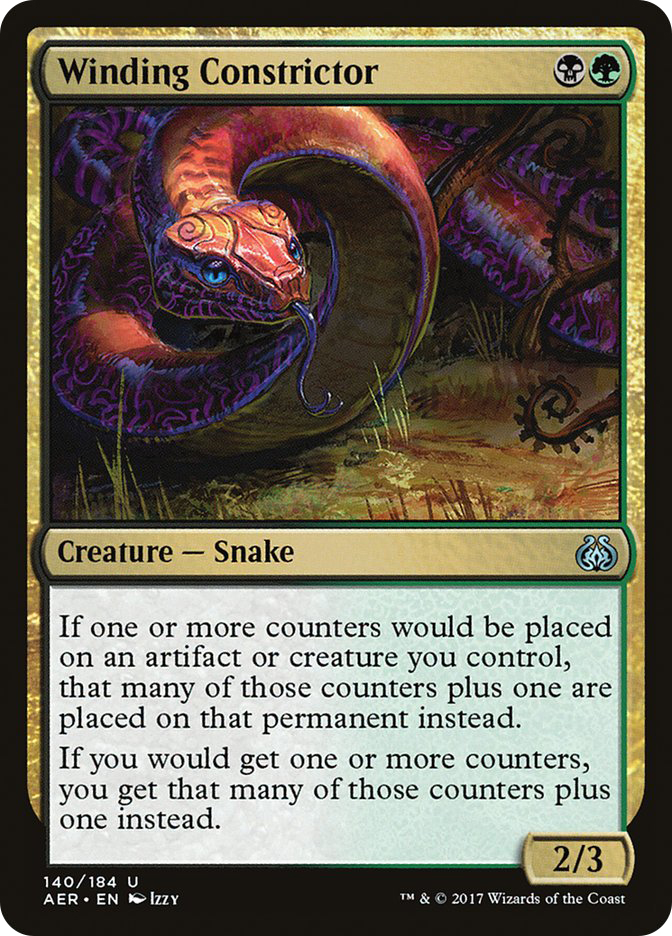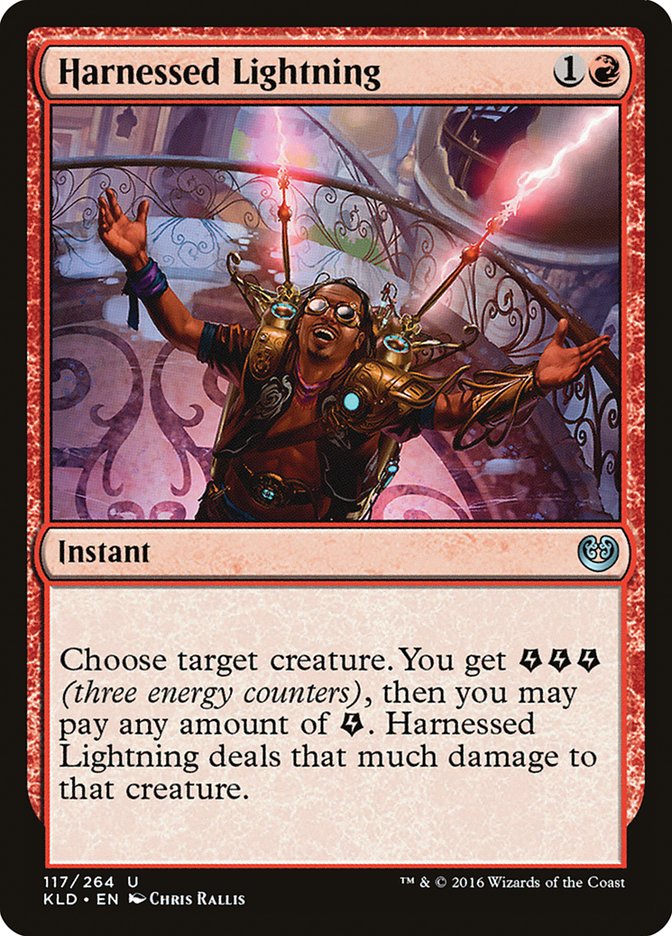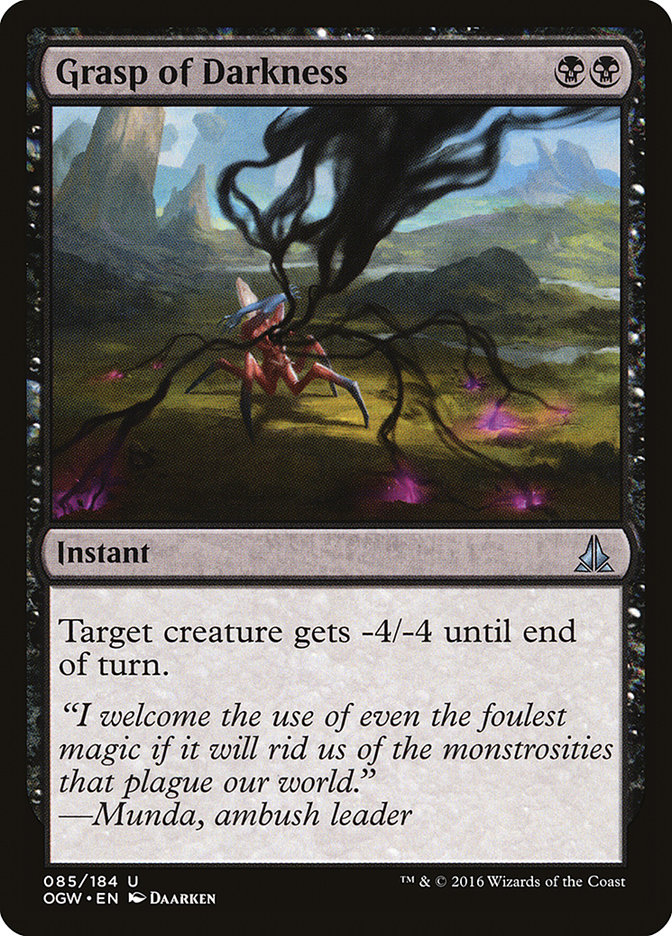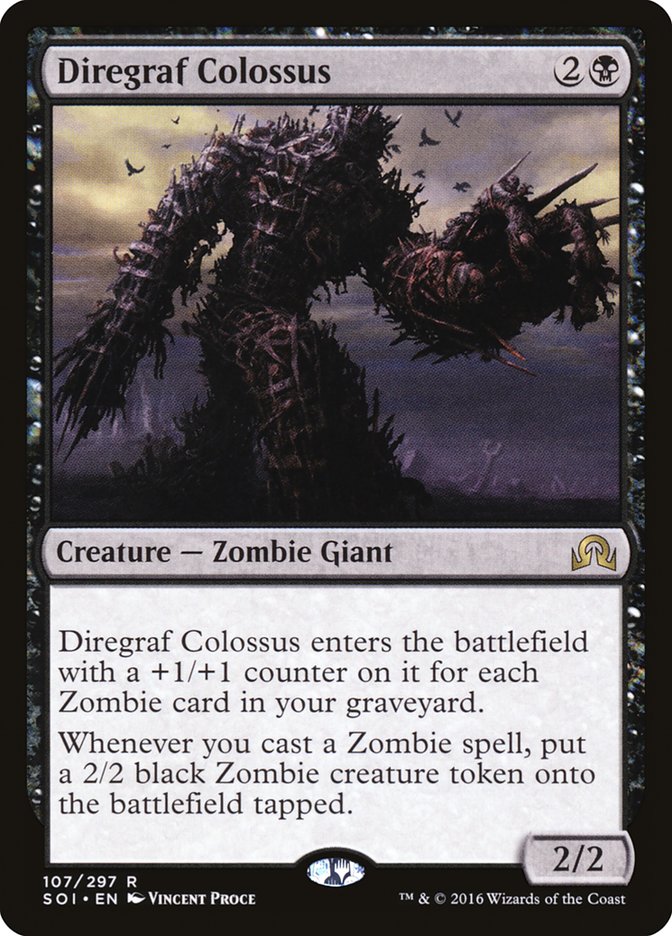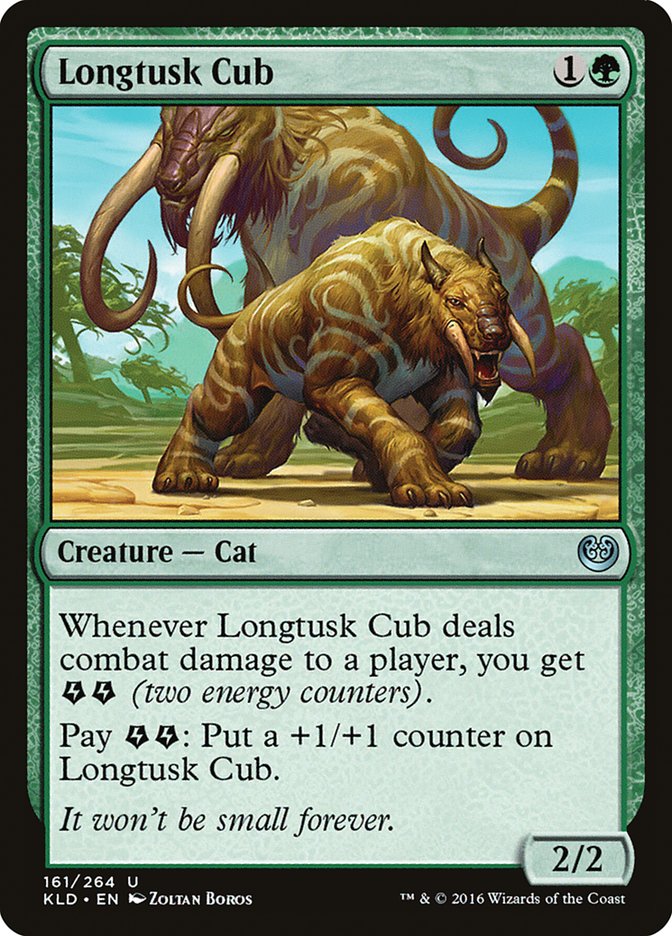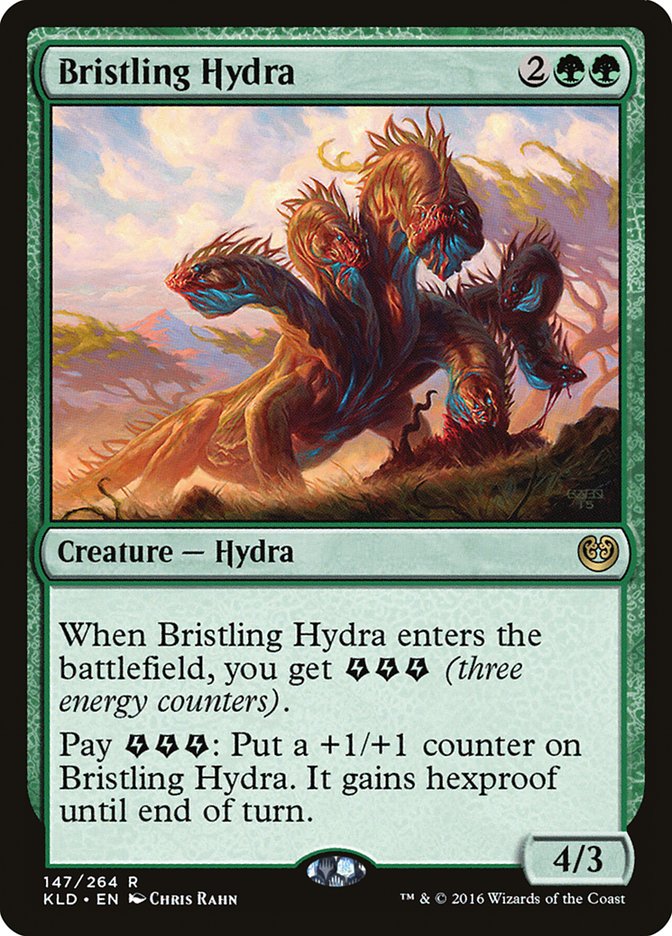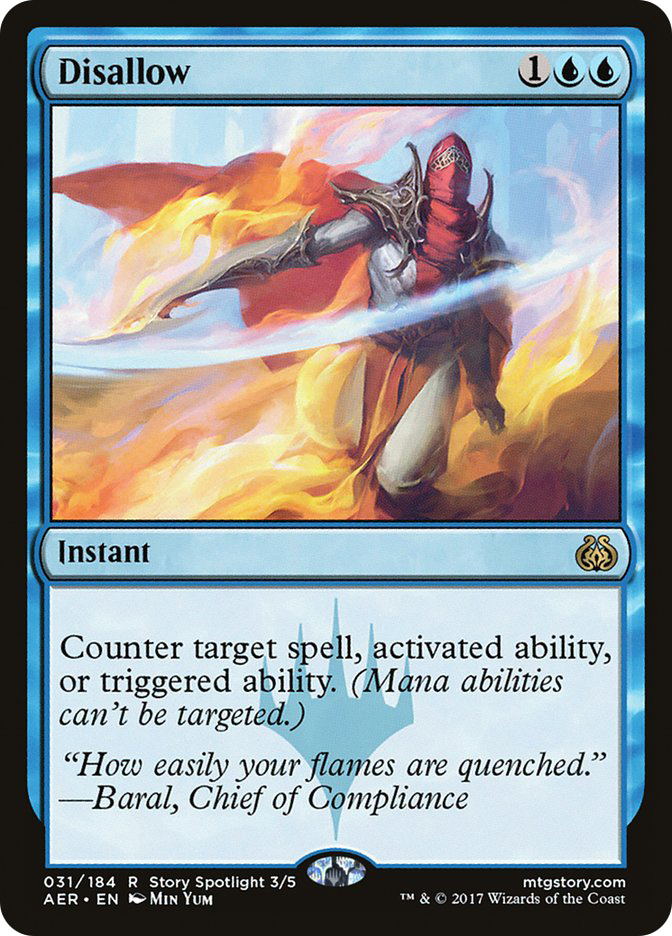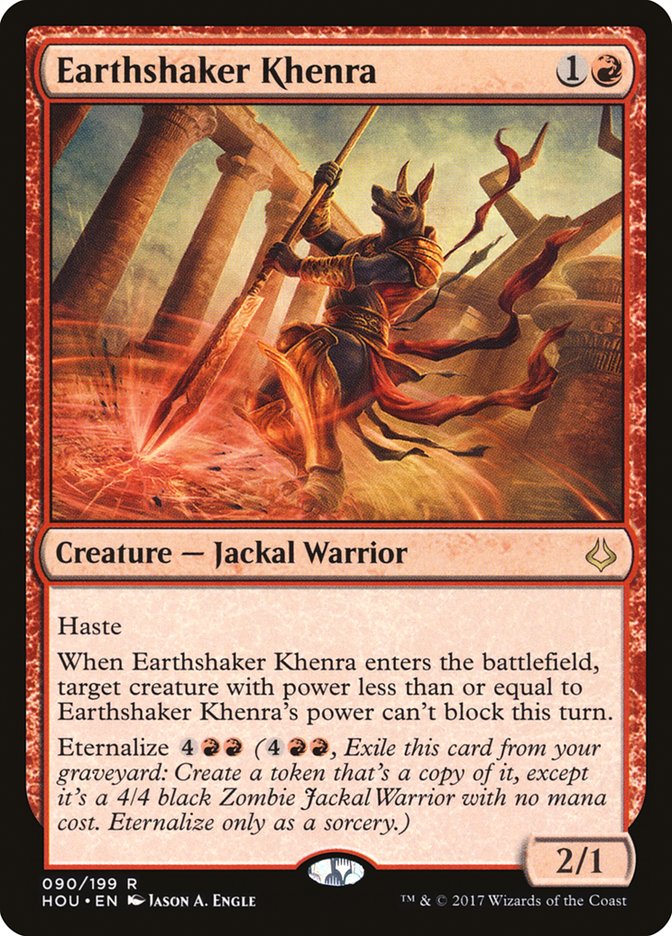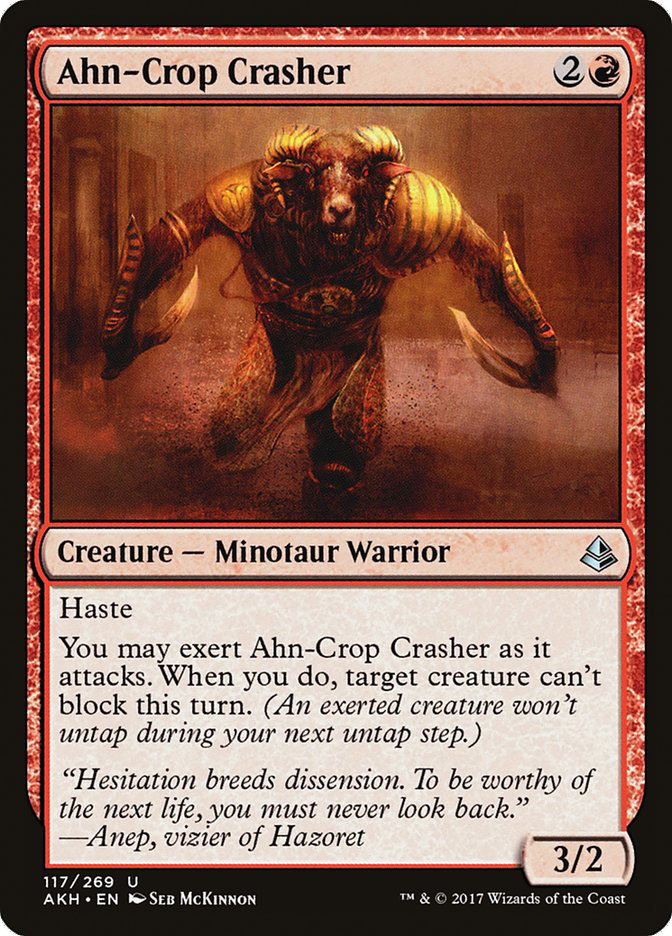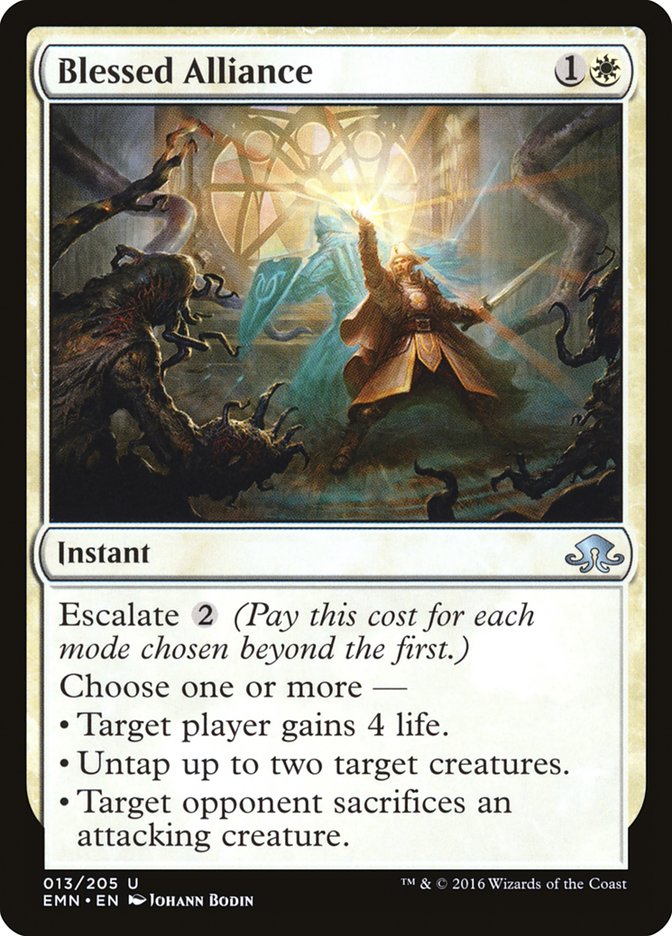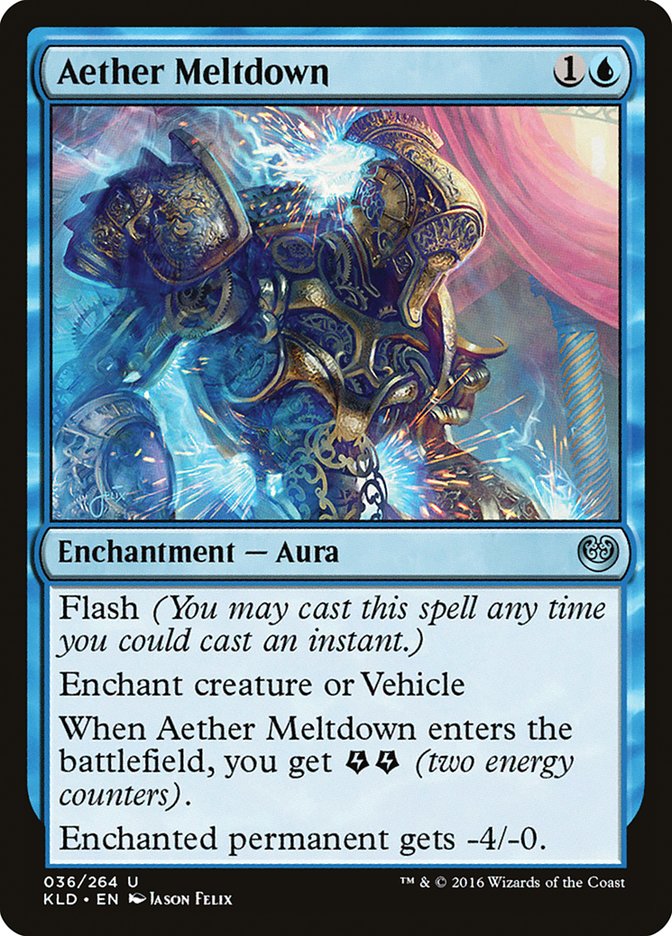Sequencing is a foundational skill of good Magic. It’s one of the Magic skills that you will spend your entire Magic career working on, yet always feel like you have room to improve. At its core, sequencing is about playing your cards in an order that maximizes their impact on the game. Good sequencing incorporates elements of mana efficiency, card advantage, and many other key Magic principles.
But competitive Magic is a zero-sum game. What’s good for me is bad for you, and vice versa. Sometimes you can sequence your cards perfectly, squeeze every ounce of value out of them, and still fall way behind to an opponent doing the same thing, but with cards that are just more valuable. Sometimes, optimal sequencing isn’t, in fact, optimal.
It turns out that maximizing your cards is the easy part of sequencing. And that’s not to say it’s easy, because it’s not, but making your cards do as much as they possibly can is just a jigsaw puzzle. A complicated puzzle, to be sure, but one you have all the pieces to and can solve.
No, the hard part of sequencing isn’t getting as much as you possibly can out of your cards; it’s working to make sure your opponent gets as little as possible out of theirs.
Making Key Cards Worse
But I probably don’t have to convince anyone of the importance of playing to make our opponent’s cards worse. It’s pretty apparent how doing so can improve our win rate. No, the real question is, where do we begin in trying to add this idea in to our game play? After all, competitive Magic is all about playing versatile cards that are good even in non-ideal situations. Where do we start in trying to make cards like these worse?
The best place to start is with the most powerful cards in a deck. We identify the cards of our opponent’s that have the largest effect on the game and work to minimize their impact.
This substantially cuts down our workload, as we’re only focusing on a couple of their cards, not all of them, and greatly reduces the number of variables involved.
You see, adversarial sequencing involves a trade-off. It’s very rare for the best adversarial sequencing to also be the best sequencing if only our cards are to be considered. So you have to consider if the value we give up on our own cards is worth the value that we are forcing our opponent’s cards to give up. When we target only our opponent’s best cards for adversarial sequencing, this question becomes moot, as the value their key cards can lose will be substantial. The bigger they are, the harder they fall.
Further, when thinking about adversarial sequencing, we also have to factor in that they might not even have it. Let’s say we have decided we want to make their Harnessed Lightning worse. We avoid presenting our best two-drop to dodge the removal spell and lose out on the inherent value of having our best creature on the battlefield earlier. Then, come to find out, they didn’t even have a Harnessed Lightning in hand and we gave up that value for nothing. Yikes. But when we target just the key cards, this risk factor is minimized. Players tend to play tons of copies of their key cards, and they tend to be mid- to late-game cards. When you play four copies of a five-drop, you have it on turn 5 more often than not.
All right, enough theory. Let’s get to some examples.
When the idea of key cards in current Standard comes up, the first card I think of is Glorybringer. This Dragon turns the tides of battle more often than not and is a worthy target for our first foray into the world of adversarial sequencing. For reference, here’s the Temur Energy list Brad Nelson just won Grand Prix Denver with.
Creatures (24)
- 4 Longtusk Cub
- 4 Bristling Hydra
- 4 Whirler Virtuoso
- 4 Servant of the Conduit
- 4 Rogue Refiner
- 3 Glorybringer
- 1 Rhonas the Indomitable
Lands (22)
Spells (14)

So, in the abstract, what are some things we can do to minimize Glorybringer’s impact on the game? Well, the cleanest thing we can do is to leave removal up for it. In fact, leaving a card like Grasp of Darkness up on their turn 5 to deal with a potential Glorybringer is an excellent example of adversarial sequencing. Leaving that two mana up is a real cost that you pay. You make your turn worse by stunting the development of your battlefield, but in return you completely ruin the potential power of one of their key cards. It’s a trade-off that is impressively worth it, and one I’m sure many of you have already incorporated into your game.
But you don’t always have the Grasp of Darkness. Don’t fret! There’s still plenty we can do to rein in that pesky Dragon. Ideally, we want to avoid presenting prime targets for Glorybringer’s exert ability on the turn it comes down. Tapping out for Kalitas, Traitor of Ghet is a big no-no. You also want to be careful with the planeswalkers you present on that turn, as getting a Nissa, Voice of Zendikar attacked from four to zero is disastrous, and they can even still exert down a creature of yours as well.
To be fair, the things you shouldn’t do in the face of a looming Glorybringer are pretty apparent. And on some level, the correct answer as to what to do instead is simply anything else. Be mana-inefficient and play a three-drop or a two-drop instead of that Kalitas. Bonus points if doing so lets you bluff a Grasp of Darkness. Cast that Nissa if you have to, but immediately minus her instead of simply making a Plant token so that you get some value out of your card.
That’s all surface-level, and the kind of plays you get forced into if you start thinking about Glorybringer the turn before it comes down. What kind of things can you do if you start planning to make that Glorybringer bad from turn 1?
In an ideal world, you wouldn’t simply present suboptimal targets for their Glorybringer. You’d create creatures with five toughness, creatures that are too big to exert down. Typically, this is a goal that we’d accomplish in deckbuilding or tuning after identifying that Glorybringer is an important card in the format. But it doesn’t have to be done that way.
Many decks in Standard right now have the ability to grow creatures to five toughness. Seek to minus a Nissa, Voice of Zendikar onto your battlefield of Sylvan Advocate and Winding Constrictor on turn 4. That’ll show that Glorybringer. Amass six energy and present to your Glorybringer-wielding opponent a battlefield of two Longtusk Cubs. Or, my favorite plan, aggressively trade off Zombies in the early-game so that you can fearlessly deploy a Diregraf Colossus with three +1/+1 counters in the face of their Glorybringer.
Understand that you can make suboptimal plays to make these scenarios happen. Maybe you had to not buy back a Relentless Dead in order to get that third Zombie in the graveyard, even though you had the mana available. Maybe acquiring that critical sixth energy involved deploying both of your Whirler Virtuosos before your Rogue Refiner despite not having your fifth land lined up yet. Adversarial sequencing is a trade-off, some value on your cards lost in exchange for more value on theirs. Don’t be afraid to make that trade.
And please note I’m not necessarily condoning any of the above lines. Sometimes they will be right, and sometimes they won’t be. It all depends on context. The takeaway should be that sometimes it’s okay to take lines that are strictly suboptimal from the perspective of only your cards if the effectiveness of your opponent’s cards goes down by a greater amount.
Next up, let’s look at Torrential Gearhulk. Classic U/R Control may have fallen out of favor recently, but I’m not willing to bet the farm on not staring down a Torrential Gearhulk at some point during #GPDC. As Torrential Gearhulk tends to be the linchpin of any deck it’s in, minimizing its game impact can easily win you games that you would otherwise lose.
Just like with Glorybringer, our options on the turn that they have access to Torerential Gearhulk are somewhat limited. Attack before casting anything to make them choose between getting to use the Gearhulk as a blocker and being able to respond to a spell you cast in the second main phase. Avoid casting something you care about into an obvious Gearhulk – Disallow. That kind of thing.
But the turn before and earlier, our options are more interesting. We can try to go wide enough to heavily incentivize using Gearhulk as a blocker in an attempt to resolve something for certain in the second main phase. This plan is weak to them just shrugging and resolving a sweeper before the Gearhulk but is sometimes worth a shot.
More interestingly, we can attempt to manage their graveyard access. Broadly speaking, control decks in this Standard format play three kinds of instants: spot removal, card draw, and counterspells. The hardest Gearhulks to deal with are the ones that have access to all three kinds of instants. But if they are missing a type, we have room to maneuver. If they don’t have card draw, we can cold-attack, knowing they lose value on their trigger if they go to block. If they don’t have a counterspell, we can just slam a can’t-resolve threat and get a free attack in, since they will be forced to cast a counterspell from their hand instead of their Gearhulk.
A few nights ago, while guesting on Emma Handy‘s stream, we encountered an interesting scenario while playing Temur Energy against U/R Control. In essence, we hit a spot where we had the option to jam a Bristling Hydra into their five open mana. Noting that they didn’t yet have a counterspell in their graveyard, I advocated instead firing up our Lumbering Falls in an attempt to control what their Torrential Gearhulk next turn has access to. If we don’t give them the ability to counter a spell this turn, next turn we will get to abuse the fact that they don’t have a counterspell in the graveyard on their Torrential Gearhulk turn (barring a Supreme Will as Impulse).
Again, the big takeaway is that you should start thinking about how to sequence around your opponent’s key cards well before they are about to hit the table. Extra time gives you extra maneuverability gives you better adversarial sequencing. It’s math.
Magical Zugzwang
Of course, it is possible to extend the concept of adversarial sequencing beyond just key cards. Doing so is harder, as limiting the effectiveness of every card in our opponent’s deck is a much bigger ask. Indeed, thinking individually about how to make every card in their deck worse is a herculean task.
Instead, I try to think about how to put my opponent in a state of zugzwang. Zugzwang is originally a chess term, used to mean a scenario where any move by one player weakens their position. Now, in applying the term to Magic, I have had to adapt it a bit. After all, in chess, the option to make no move whatsoever is not on the table. In Magic, a player is allowed to simply pass the turn without making a play, so true zugzwang is not really a useful concept.
Instead, I use the term to indicate turns where every available option seems not-great. This is a feeling I think every Magic player can recall from games they’ve played. The available targets for your removal spells aren’t ideal. Deploying a creature means losing value on their enters-the-battlefield trigger or being mana-inefficient, maybe both. In short, every option in front of you feels substantially awkward for one reason or another.
And indeed, this is my guiding maxim for adversarial sequencing and social interactions: maximize awkwardness.
Honestly, the best way I’ve come across for figuring out how to put opponents in a state of zugwang is to play their decks. I figure out what makes me feel like all my plays are awkward while I’m wielding the enemy deck, and then I attempt to duplicate those scenarios while piloting my hero deck. Often, this involves identifying themes of awkwardness in games and learning to create those scenarios on demand. As always, I am a huge proponent of experimenting with Magic gameplay to learn what works and what doesn’t. But, since time is short, here are a couple of the awkwardness themes I’m working with in current Standard, delivered rapid-fire style.
The Ramunap Red deck has a decisive “target creature can’t block this turn” sub-theme going on. The huge amount of this effect the deck has access to primarily lets it force through damage, but it has a secondary effect of accruing value by locking opposing creatures into no-attack/no-block turn cycles. This is bad.
The solution is relatively simple: attack more. Except in dire circumstances, I try to never leave a single creature defending the fort. If my entire battlefield is one Dread Wanderer, I will be swinging with it rather than leave it back to stare uselessly at an Earthshaker Khenra. Because of the large amount of reach available to the Ramunap Red deck thanks to Ramanup Ruins, turning the corner quickly is critical, and every early attack you sneak in helps.
When you have exactly one creature left behind, Khenra and Crasher are slam-dunk plays for your Ramunap Red opponent. No awkwardness. When you have zero or two creatures on blocking duty, playing them is rife with awkwardness. You accrue value with attacks and they lose value on their creatures’ abilities. Win-win.
The U/W Approach the Second Sun control deck has been picking up popularity. It drops red from the control shell in favor of white, and the cost in doing so is losing access to real spot removal spells. Instead of Harnessed Lightning and Magma Spray, you get Blessed Alliance and Aether Meltdown. Sometimes, the difference doesn’t matter.
Make it matter. Punish them for how situational their removal is. Refuse to attack a single creature you care about into Blessed Alliance mana on a turn where that’s their only play (in other words, feel free to attack if they have four mana and you are stopping them from playing card draw). If you can get them to Aether Meltdown before Blessed Alliance, you can attack with the Meltdown creature from now on and be fully insulated from Alliance.
There are plenty more Standard themes with awkwardness potential out there, just waiting to be found. Leave any good ones you use in the comments. We can build ourselves a compendium!


